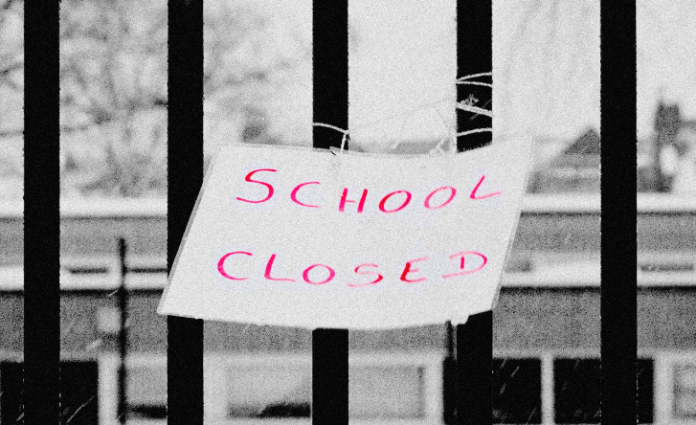Children attending public schools have traditionally looked forward to winter snow days, an additional break to enjoy the snowy outdoors. However, in recent years, a new phenomenon has emerged, wherein schools are shutting down due to extreme heat, which has become increasingly prevalent.
Numerous educational institutions nationwide are either dismissing students early or completely shutting down due to soaring temperatures. This trend is impacting hundreds of schools, particularly in regions like the Northeast, Mid-Atlantic, and the Great Lakes area.
The majority of school authorities opt to shut down operations when the weather forecast predicts temperatures soaring into the upper 90s. Such elevated temperatures result in discomfort for both students and educators, making it challenging to concentrate on academic tasks.
Furthermore, excessive heat can pose safety risks, particularly in classrooms without adequate air conditioning. In numerous cases, schools may rely on outdated central air systems that struggle to cope with extreme heat.
Additionally, some institutions may lack cooling air conditioning altogether. As necessary improvements and enhancements are implemented, numerous students will find themselves taking a break at home until the heatwave diminishes.
Due to the rise of online education during the pandemic, school districts have the option to close their physical facilities while students continue their studies remotely from home. This has led to a significant reliance on “virtual days” or “remote learning days” to ensure that students stay on track.
However, not all schools are allowing the heatwave to disrupt classroom attendance. In certain southern states, despite the challenging heatwave conditions, the school year has commenced, and students in places like Arizona, Georgia, Louisiana, and various other regions are attending in-person classes. To combat the heat, teachers are employing window air conditioning units and fans in conjunction with central AC systems to maintain a comfortable learning environment for their students.
Parents, students, and educators are also being educated on how to prevent heat-related illnesses. Recognizing the signs of overheating and learning effective ways to cool down can be a critical factor in certain regions, particularly during outdoor activities in areas where intense heat coincides with high humidity. This knowledge can make a significant difference, potentially even a life-saving one.








